You know what a catastrophe is. It’s a devastating disaster that’s sudden, unexpected and widespread. It has the sense of finality to it or desperation about any recovery. It’s a tragic conclusion. Well, the Death of Christ was the greatest catastrophe in history. Mankind killed the Son of God! Even His most beloved disciples, except for Immaculate Mary, contributed to His Death by their sins. In fact, we’re all responsible for this disaster. It didn’t only affect the Church, but the whole world.
The great Catholic author of the bestselling books after the Bible, J. R. R. Tolkien, nevertheless, coined a term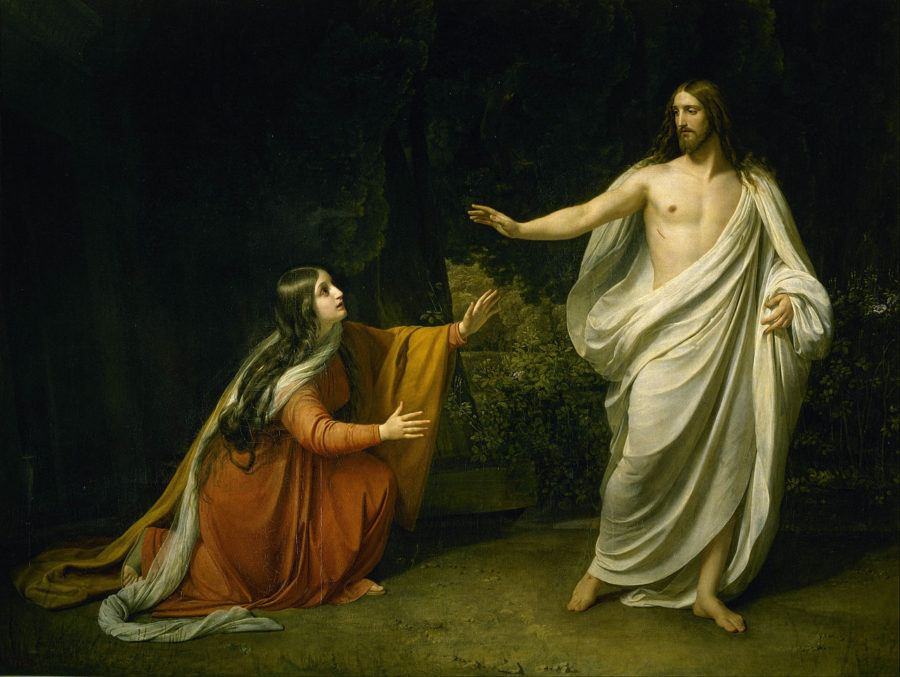 that’s just the opposite of a catastrophe. Using the Greek preface “eu,” meaning happy, or well, as in the word “euphoria,” he said that a eucatastrophe is a sudden, unexpected and widespread turn for the good. He said that the Incarnation of Christ as the Word made Flesh was the greatest eucatastrophe in history, and the Resurrection of Christ was the eucatastrophe of the Incarnation.
that’s just the opposite of a catastrophe. Using the Greek preface “eu,” meaning happy, or well, as in the word “euphoria,” he said that a eucatastrophe is a sudden, unexpected and widespread turn for the good. He said that the Incarnation of Christ as the Word made Flesh was the greatest eucatastrophe in history, and the Resurrection of Christ was the eucatastrophe of the Incarnation.
Except for Our Lady Who still remained faithful, no one foresaw that Jesus would rise from the dead, even though He had told His Apostles explicitly that He would. They simply didn’t grasp the possibility of it despite His repeated predictions. So, when it actually happened, the worst situation suddenly became the best. They went from the pit to the pinnacle, physically, emotionally and spiritually. Their recognition of the Resurrection brought hope and love along with their faith; it brought union with God and eternal life; it brought happiness and peace.
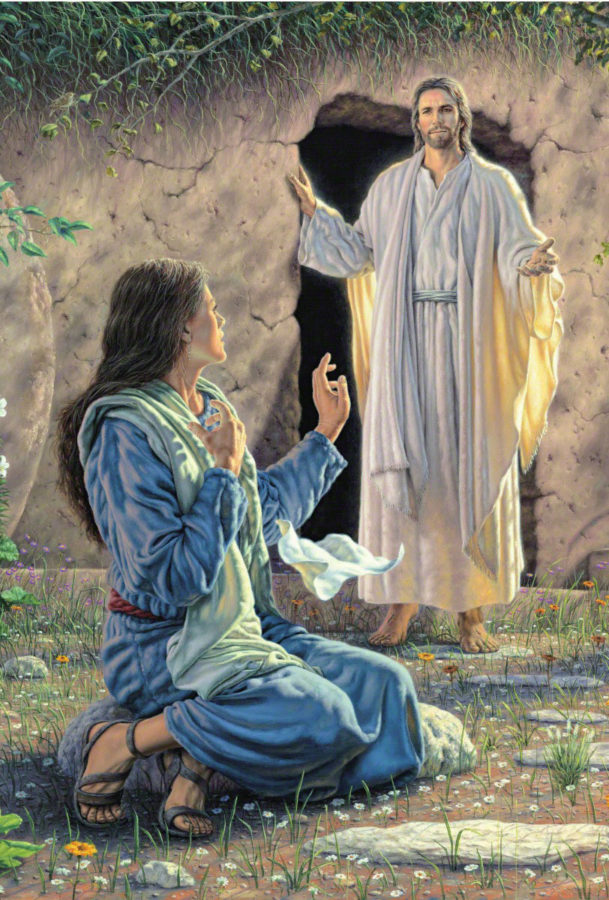 Mary Magdalen suffered the terrible catastrophe of the Crucifixion. She was there. She saw the man whom she loved, her Savior, suffer the most painful and ignominious death. Her heart was torn from her chest. She was devastated. What future did she have left? All was gone. The only thing left was the relic of Christ’s dead Body, a cold and inanimate vestige of her Lord. When she discovered that even that was gone, she wept in the void.
Mary Magdalen suffered the terrible catastrophe of the Crucifixion. She was there. She saw the man whom she loved, her Savior, suffer the most painful and ignominious death. Her heart was torn from her chest. She was devastated. What future did she have left? All was gone. The only thing left was the relic of Christ’s dead Body, a cold and inanimate vestige of her Lord. When she discovered that even that was gone, she wept in the void.
She was lost in the empty abyss of sorrow. Even angels couldn’t encourage her. Not even visitors from Heaven could replace her Beloved. Then, Jesus called her name, “Mary.” You don’t know how many times that I have shed tears of joy reading that line! It’s perhaps the greatest eucatastrophe in the texts of Sacred Scripture. Suddenly and unexpectedly, she recognizes Jesus standing there before her, alive and well! He even appoints her to be the Apostle to the Apostles, the one who is sent with a message to the messengers of God!
Saint Peter, on the Feast of Pentecost, made the Jews realize what a catastrophe they had caused by killing the Messiah. That realization cut them to the heart with compunction and profound contrition. But when Peter said, “Repent and be baptized, every one of you, in the Name of Jesus Christ, for the forgiveness of your sins, and you will receive the gift of the Holy Spirit,” the catastrophe was suddenly changed into a eucatastrophe! Despite having crucified the Lord, they and their children could be saved from that corrupt generation. We too can be saved from the catastrophe of our generation by the eucatastrophe of Easter.

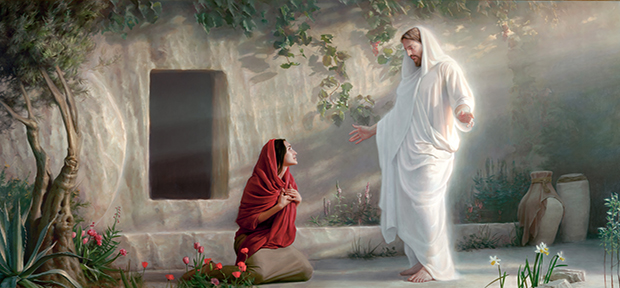
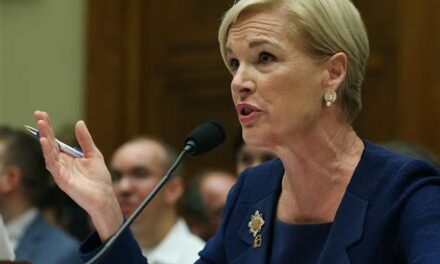
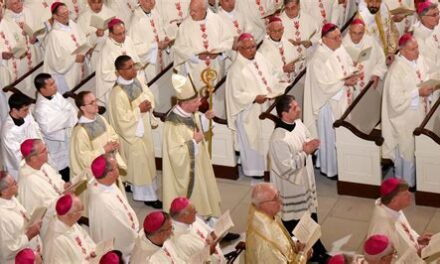
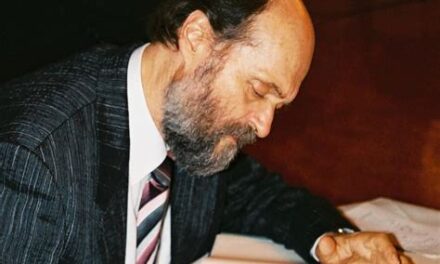
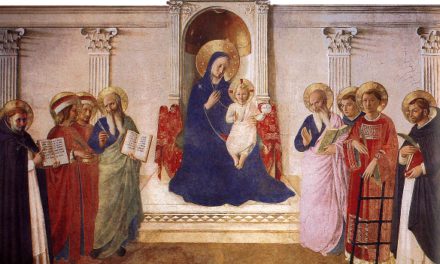









Trackbacks/Pingbacks